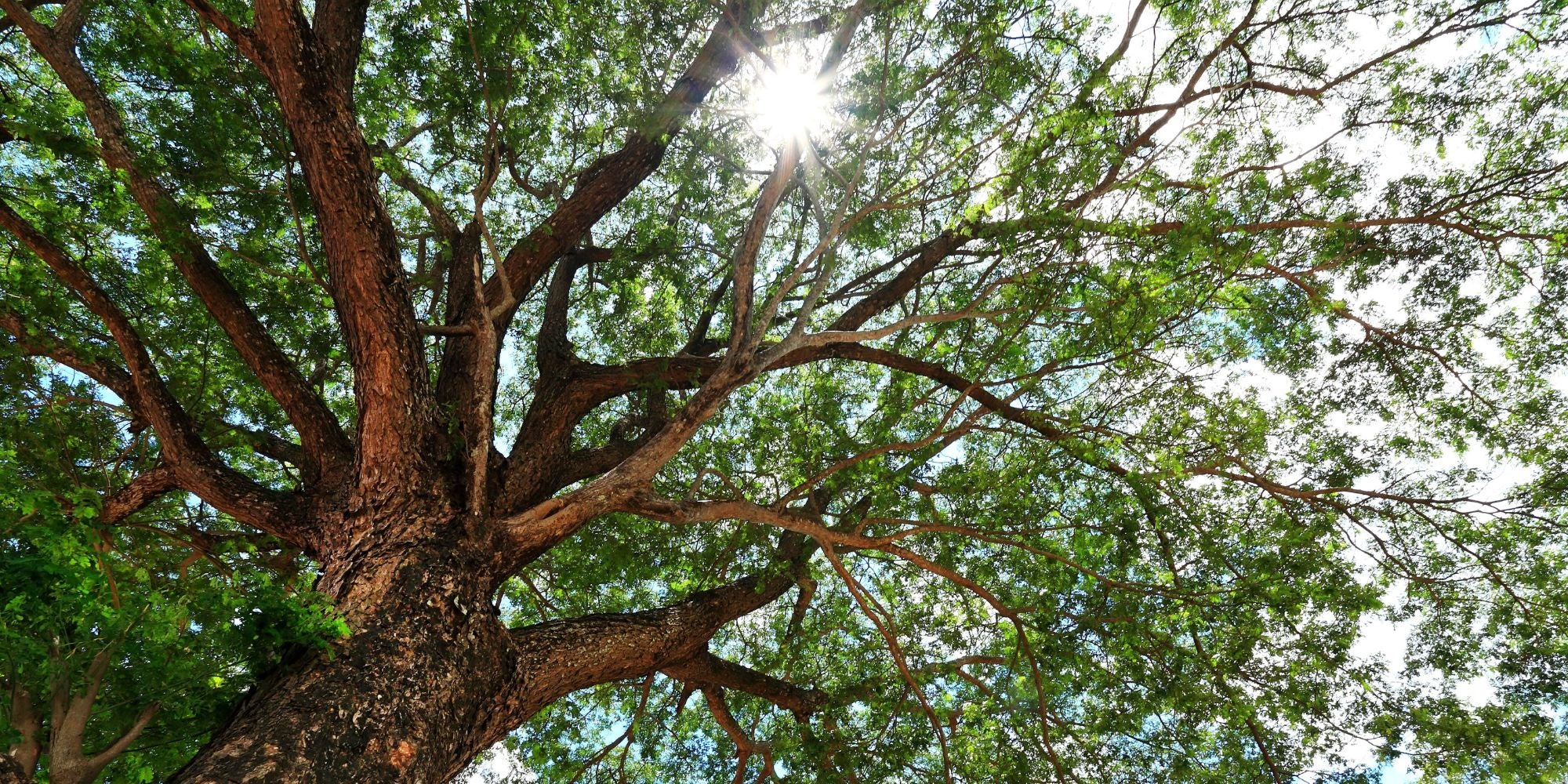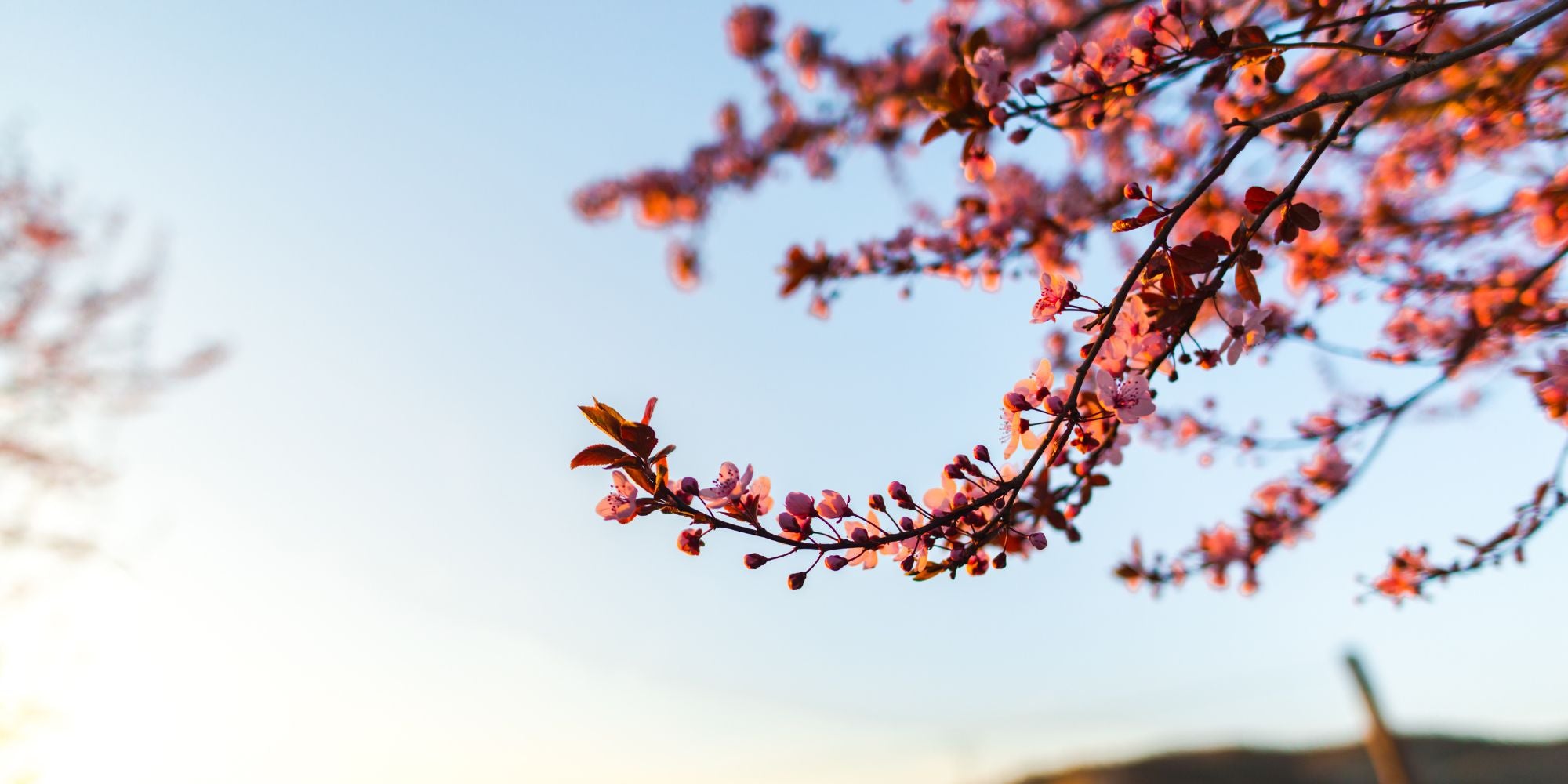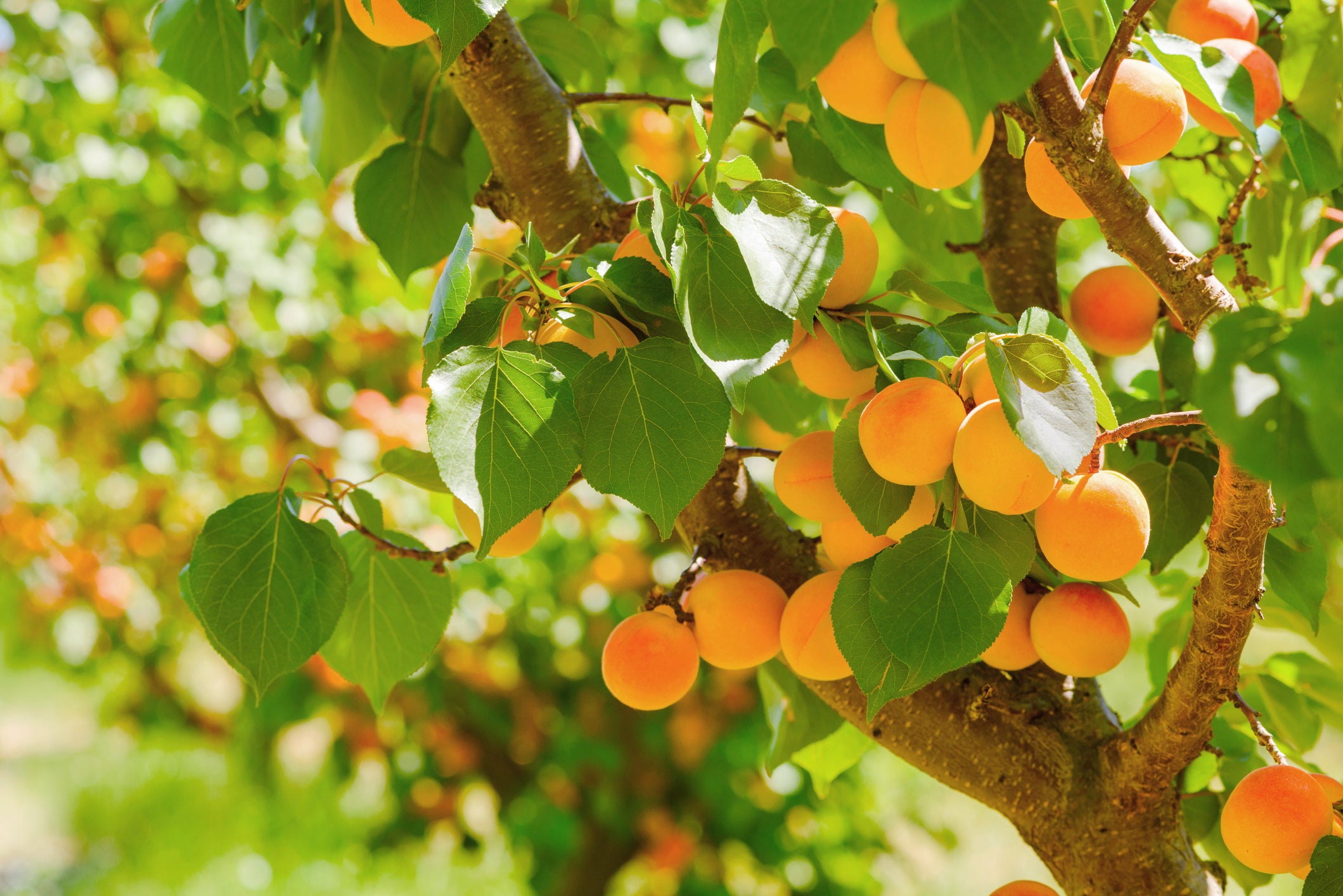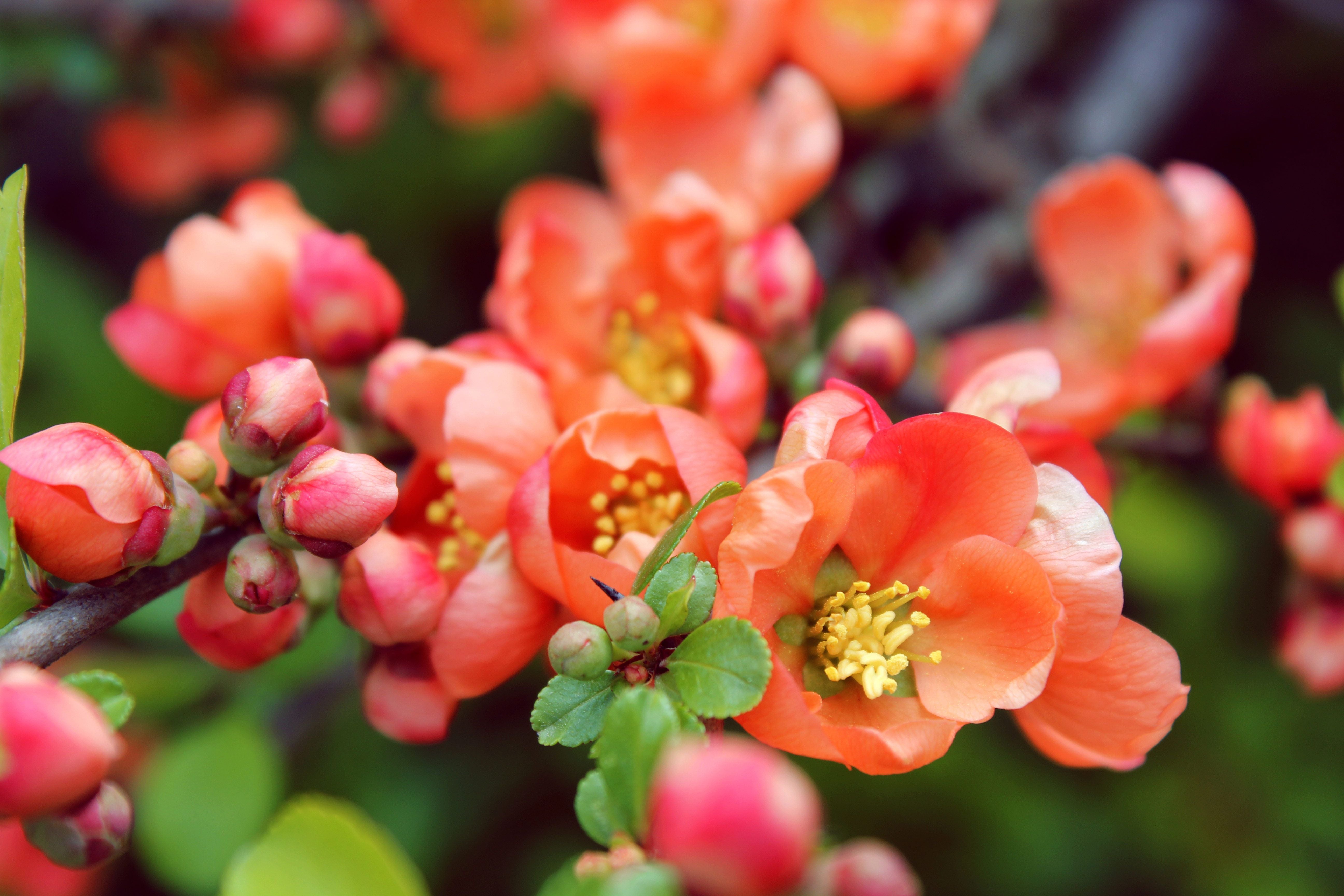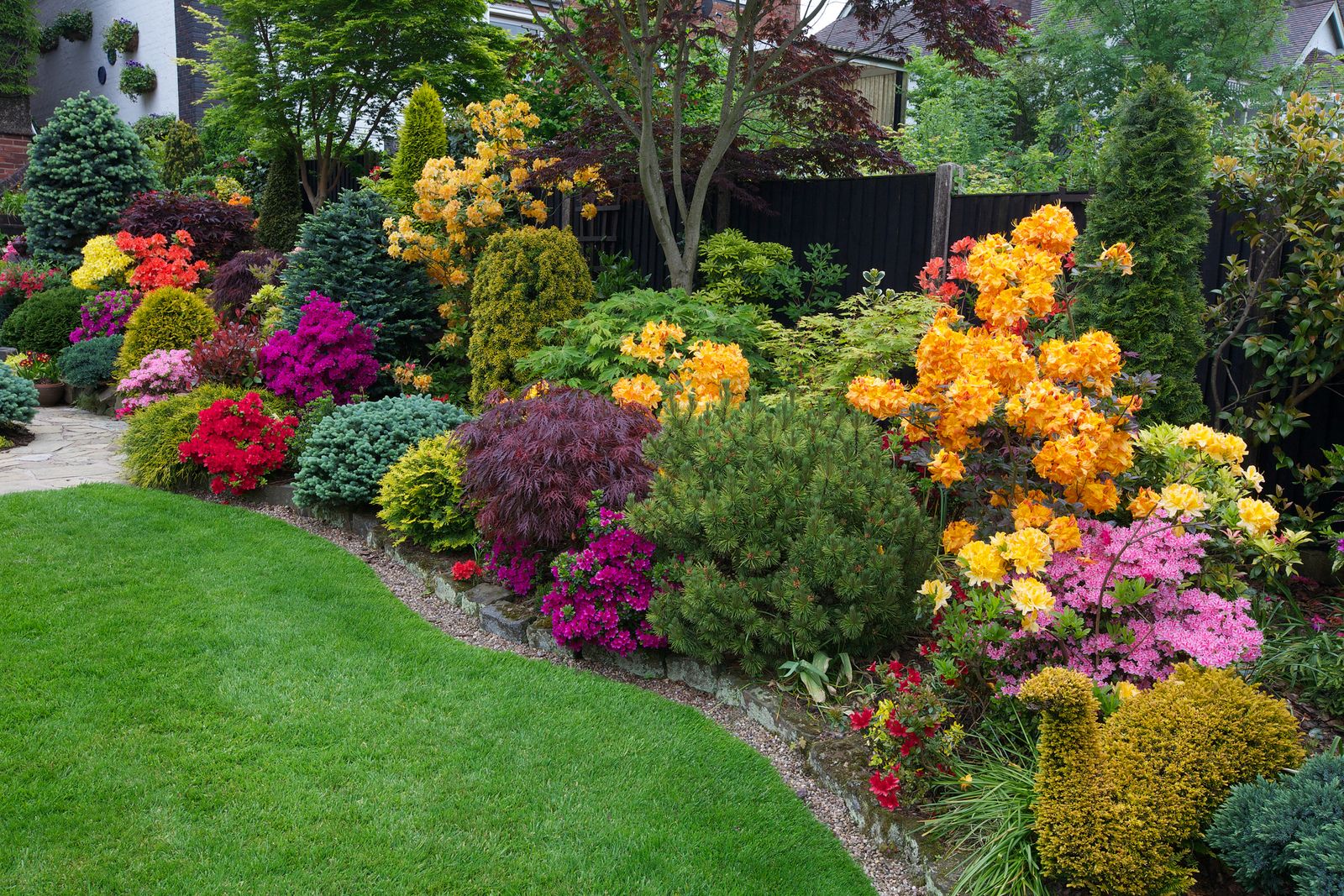9 Beautiful Flowering Trees To Plant In Your Home Garden

Adding flowering trees to your home garden enhances its beauty and brings seasonal color and fragrance to your outdoor space. Flowering trees can serve as focal points, provide shade, and attract pollinators such as bees and butterflies. Here are nine beautiful flowering trees to consider planting in your garden.
Understanding Flowering Trees
Flowering trees are an essential component of the natural landscape, providing aesthetic beauty, ecological benefits, and economic value. They are characterized by their ability to produce flowers, which can vary widely in color, size, and shape. These trees are often categorized by their blooming season, ranging from early spring to late summer.
Flowering trees not only enhance the visual appeal of gardens, parks, and streets but also support biodiversity by attracting pollinators such as bees, butterflies, and birds. Their flowers can transform any area into a vibrant, lively space, making them a popular choice for both ornamental and functional purposes.
Benefits of Planting Flowering Trees
Biodiversity Support
Flowering trees attract a variety of pollinators, including bees, butterflies, and birds, which are crucial for the pollination of many plants. This helps maintain ecological balance and supports agricultural productivity by enhancing pollinator populations.
Environmental Health
- Air Quality Improvement: Flowering trees absorb carbon dioxide and release oxygen, improving air quality.
- Temperature Regulation: Their canopies provide shade, reducing the urban heat island effect and lowering energy costs by cooling the surroundings.
- Soil Protection: The roots of these trees help prevent soil erosion, maintaining soil structure and fertility, which is vital for sustainable land use.
Economic Value
- Property Value Increase: Flowering trees can increase property values by making neighborhoods more attractive and boosting real estate marketability.
- Commercial Benefits: In commercial zones, the pleasant environment created by flowering trees can attract more visitors, benefiting local businesses.
Social and Psychological Benefits
- Stress Reduction: Green spaces with flowering trees can reduce stress and improve mental health.
- Community Building: These trees encourage outdoor activities and foster a sense of community by creating serene, beautiful spaces that promote relaxation and well-being.
Top Beautiful Flowering Trees for Your Home Garden
Dogwood Trees
Dogwood trees are a favorite among garden enthusiasts due to their stunning spring blossoms and year-round appeal. These trees produce white, pink, or red flowers in the spring, followed by attractive foliage in the summer and vibrant red leaves in the fall. Dogwoods thrive in partial shade and well-drained soil, making them versatile for many garden settings. Additionally, their small size makes them suitable for even smaller gardens.
Dogwood trees are relatively low-maintenance and can be pruned to maintain their shape and health. Regular watering during dry periods and mulching around the base can help retain moisture and provide nutrients.
Cherry Blossom Trees
Cherry blossom trees, also known as sakura, are iconic symbols of spring, celebrated for their breathtaking display of delicate pink and white flowers. These trees are perfect for creating a serene and picturesque garden atmosphere. Cherry blossoms thrive in full sun and well-drained soil and can grow moderately, making them suitable for most garden spaces.
To ensure healthy growth, plant cherry blossom trees in a location with good air circulation and avoid waterlogged soil. Pruning after the flowering season helps maintain their shape and encourages more blooms the following year.
Magnolia Trees
Magnolia trees are renowned for their large, fragrant flowers ranging from white to pink, purple, and even yellow. These trees add a touch of elegance to any garden and are known for their glossy green leaves and striking appearance. Magnolias prefer full sun to partial shade and well-drained, slightly acidic soil.
There are many varieties of magnolia trees, including deciduous and evergreen options. Deciduous magnolias, such as the Saucer Magnolia, shed their leaves in the fall, while evergreen varieties, like the Southern Magnolia, maintain their foliage year-round. Regular watering and occasional feeding with an acid-loving plant fertilizer will keep your magnolia healthy and blooming.
Redbud Trees
Redbud trees are a fantastic choice for gardeners looking to add vibrant color and unique texture to their landscape. These trees produce clusters of small, pea-like flowers in shades of pink, purple, or white that appear on bare branches in early spring. Redbuds are also known for their heart-shaped leaves, which turn yellow in the fall.
Redbud trees are adaptable to various soil types but prefer well-drained soil and full sun to partial shade. They are relatively low-maintenance and can tolerate drought once established. Pruning should be done after flowering to remove dead or crossing branches and to maintain the desired shape.
Crabapple Trees
Crabapple trees are celebrated for their abundant spring blossoms and colorful fruit that persists into winter, providing visual interest and food for wildlife. The flowers can be white, pink, or red, and the small fruits come in various colors, including yellow, orange, and red. Crabapples thrive in full sun and well-drained soil, and they are relatively easy to grow.
These trees can vary in size, so it's important to choose a variety that fits your garden space. Regular watering during dry periods and occasional pruning to remove dead or diseased branches will keep your crabapple tree healthy and productive. Crabapple trees are also resistant to many common pests and diseases, making them a hardy addition to your garden.
Japanese Snowbell Trees
Japanese Snowbell trees are known for their graceful appearance and fragrant, bell-shaped flowers that hang from the branches in late spring to early summer. These trees are a beautiful addition to any garden, providing a delicate and elegant aesthetic. Japanese Snowbells prefer partial shade and moist, well-drained soil.
To keep your Japanese Snowbell tree healthy, water it regularly, especially during dry periods, and apply mulch around the base to retain moisture. Pruning is generally not necessary but can be done to remove any dead or damaged branches and to maintain the tree's shape.
Serviceberry Trees
Serviceberry trees are a versatile and attractive choice for home gardens, offering four-season interest with their white spring flowers, summer berries, vibrant fall foliage, and smooth gray bark in winter. The berries are edible and can be used in jams, jellies, and pies, making this tree both ornamental and practical.
Serviceberry trees prefer full sun to partial shade and well-drained soil. They are relatively low-maintenance and can tolerate a range of soil conditions. Regular watering, especially during dry spells, and occasional pruning to remove dead or crossing branches will keep your serviceberry tree healthy and flourishing.
Sourwood Trees
Sourwood trees are a great choice for gardeners seeking a tree with year-round interest and striking autumn foliage. These trees produce clusters of small, white, bell-shaped flowers in midsummer, followed by brilliant red and orange leaves in the fall. Sourwood trees thrive in full sun to partial shade and well-drained, acidic soil.
To maintain the health and beauty of your Sourwood tree, water it regularly during dry periods and mulch around the base to retain moisture. Pruning should be done in late winter or early spring to remove any dead or damaged branches and to maintain the tree's shape. Sourwood trees are relatively pest-resistant and low-maintenance, making them an excellent addition to any garden.
Tulip Poplar Trees
Tulip Poplar trees, also known as Yellow Poplars, are celebrated for their distinctive, tulip-shaped flowers that bloom in late spring to early summer. The flowers are typically greenish-yellow with orange centers, followed by large, glossy leaves. Tulip Poplars grow best in full sun and well-drained, fertile soil.
These trees can grow tall, ideal for providing shade and creating a dramatic focal point in larger gardens. Regular watering, especially during dry spells, and mulching around the base will help retain soil moisture and provide nutrients. Pruning is generally not needed but can be done to remove dead or damaged branches.
Tips for Planting Flowering Trees
Selecting the Right Tree
- Climate Suitability: Choose a tree species that is well-suited to your local climate. Research the hardiness zone of your area and select trees that thrive in those conditions.
- Soil Requirements: Different trees have varying soil preferences. Conduct a soil test to determine the pH and nutrient content of your soil. Choose a tree that matches these soil conditions for optimal growth.
- Space Considerations: Consider the mature size of the tree. Ensure that the tree has enough space to grow without interfering with buildings, power lines, or other structures.
- Purpose and Aesthetic: Select a tree that meets your aesthetic preferences and functional needs. Whether you want a tree for shade, ornamental flowers, or wildlife attraction, there are numerous options to choose from.
Preparing the Planting Site
- Location: Choose a location that receives adequate sunlight for the specific tree species. Most flowering trees require full sun, meaning at least six hours of direct sunlight daily.
- Soil Preparation: Prepare the soil by removing weeds, rocks, and debris. Amend the soil with compost or organic matter to improve fertility and drainage.
- Digging the Hole: Dig a hole that is twice as wide as the root ball and slightly shallower than the root ball’s height. This allows the roots to spread out easily and prevents the tree from being planted too deeply.
Planting the Tree
- Handling the Tree: Handle the tree by the root ball rather than the trunk to avoid damage. If the tree is balled and burlapped, remove any burlap, twine, or wire from the root ball.
- Placing the Tree: Position the tree in the center of the hole. Ensure that the root flare (where the roots spread at the base of the trunk) is slightly above ground level.
- Backfilling: Fill the hole with the excavated soil, gently tamping it down to remove air pockets. Avoid compacting the soil too much, as this can hinder root growth.
- Watering: Water the tree thoroughly after planting to settle the soil and provide moisture to the roots. Keep the soil consistently moist, but not waterlogged, during the establishment period.
Mulching and Staking
- Mulching: Apply a 2-4 inch layer of mulch around the base of the tree, extending to the drip line. Mulch helps retain soil moisture, regulate soil temperature, and reduce weed competition. Keep the mulch away from the trunk to prevent rot.
- Staking: Stake the tree if necessary, especially in windy areas. Use soft, flexible ties to avoid damaging the trunk. Remove the stakes after one to two years once the tree is established.
Ongoing Care and Maintenance
- Watering: Young trees need regular watering during their first few years. Water deeply and infrequently to encourage deep root growth. Adjust watering based on rainfall and soil moisture levels.
- Pruning: Prune the tree to remove dead or diseased branches and to shape its growth. Pruning should be done during the dormant season to minimize stress on the tree.
- Fertilizing: Apply a balanced, slow-release fertilizer if necessary, based on soil test results. Over-fertilizing can harm the tree, so follow the recommended guidelines.
- Pest and Disease Management: Monitor the tree for signs of pests and diseases. Early detection and treatment are crucial for preventing severe damage. Use integrated pest management (IPM) strategies to minimize the use of chemicals.
Seasonal Care
- Winter Protection: Protect young trees from winter damage by wrapping the trunk with tree guards or burlap. This prevents sunscald and frost cracks.
- Spring and Summer Care: Monitor for pests and diseases, and ensure the tree receives adequate water during dry periods. Mulch and fertilize as needed.
Common Mistakes to Avoid
- Choosing the Wrong Tree for the Location
Selecting a tree species that is not suited to your local climate can lead to poor growth and health issues. It is essential to research the hardiness zone and climatic needs of the tree species before planting.
Furthermore, not accounting for the mature size of the tree can result in overcrowding, interference with buildings, and conflicts with power lines. Ensuring that the tree has ample space to grow without constraints will help it reach its full potential without causing problems in the future.
- Poor Soil Preparation
Ignoring soil conditions can stunt tree growth significantly. Planting trees without understanding the soil’s pH, texture, and fertility can hinder their development. Conducting a soil test and amending the soil as necessary to match the tree’s needs is crucial for optimal growth.
Additionally, digging a hole that is too deep or too narrow can restrict root expansion and lead to poor establishment. The hole should be twice as wide as the root ball and slightly shallower than its height to encourage proper root spread and support healthy growth.
- Incorrect Planting Techniques
Planting a tree too deep can cause rot and suffocation, as the root flare (where the roots spread out at the base of the trunk) needs to be visible above the soil surface. Burying it below ground level can have detrimental effects. Similarly, failing to remove burlap, twine, or wire around the root ball can constrict root growth and damage the tree over time. These materials should always be removed before planting to allow the roots to expand freely and support the tree’s health.
- Inadequate Watering Practices
Both overwatering and underwatering can be detrimental to a tree’s health. Overwatering can lead to root rot, while underwatering can cause drought stress. Establishing a consistent watering schedule, ensuring the soil remains moist but not waterlogged, is essential.
It is also important to modify watering practices based on rainfall and seasonal changes to avoid harming the tree. Monitoring soil moisture and adjusting watering frequency accordingly will help maintain the right balance for healthy growth.
- Improper Mulching
Piling mulch against the trunk in a volcano-like mound can cause rot and attract pests. Instead, mulch should be spread in a 2-4 inch layer, keeping it away from the trunk. Using inappropriate mulch, such as fresh wood chips, can deplete soil nitrogen as they decompose. Opting for well-composted organic mulch provides nutrients and maintains soil health, supporting the tree’s growth and development.
- Neglecting Staking Guidelines
Over-staking, or leaving stakes on for too long, can damage the trunk and hinder natural growth. Staking too tightly can also cause harm. Using flexible ties and removing stakes after one to two years, once the tree is stable, will help it grow strong and upright without unnecessary constraints. Proper staking ensures that the tree can withstand wind and other environmental stresses without becoming dependent on the support.
- Failing to Prune Properly
Pruning at the wrong time of year can stress the tree and increase its vulnerability to diseases. It is best to prune during the dormant season, typically late winter or early spring, to minimize stress.
Additionally, improper pruning techniques, such as over-pruning or making incorrect cuts, can harm the tree. Learning proper pruning techniques promotes healthy growth and structure, helping the tree thrive and maintain its aesthetic appeal.
- Ignoring Pest and Disease Management
Failing to regularly inspect the tree for signs of pests and diseases can lead to severe infestations and health issues. Regular monitoring and early intervention are key to preventing damage.
However, excessive use of pesticides and fertilizers can harm the tree and the surrounding environment. Adopting integrated pest management (IPM) practices to minimize chemical use and promote natural control methods helps maintain a healthy tree and ecosystem.
- Inadequate Seasonal Care
Young trees are particularly vulnerable to winter damage. Neglecting winter protection, such as using tree guards or burlap to prevent sunscald and frost cracks, can lead to significant damage.
Besides, ignoring seasonal adjustments in care practices can harm the tree. Ensuring that watering, mulching, and pest management are tailored to the specific needs of each season helps the tree adapt and thrive throughout the year.
Flowering trees in your garden can transform your outdoor space into a colorful and fragrant oasis. Each of these nine trees offers unique beauty and benefits, making them excellent choices for any home garden. Whether you are looking for vibrant spring blossoms, year-round interest, or trees that attract pollinators, you can find the perfect addition to your garden among these options.
Want to enhance your garden with stunning flowering trees? Visit us at Tristar Plants to explore our selection of flowering trees for sale. Our expert team is here to help you choose the best trees for your home garden.


